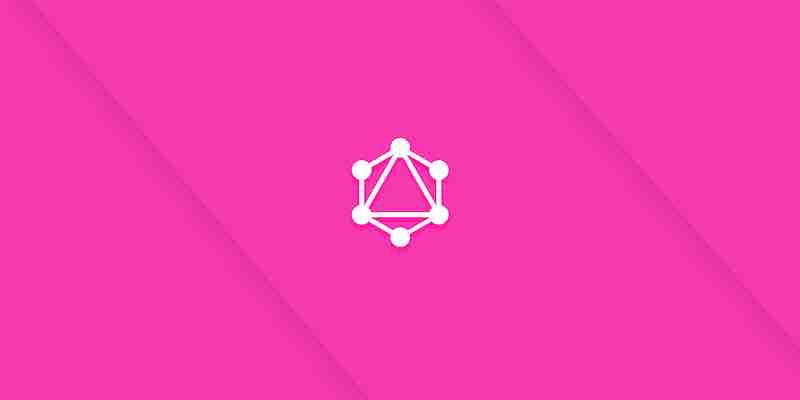Revolutionizing API Architecture with GraphQL: The Future of Data Integration

Anant Jhingran, founder and CEO of StepZen, discusses how the principles of databases can revolutionize API construction and management. He highlights two key database features that could transform APIs: declarative operations and federation. Declarative operations allow users to tell the database what to do, not how to do it, whether creating or querying data. Federation in databases means queries can be executed as if from one source if data is scattered across systems. Jhingran proposes applying these principles to APIs using GraphQL.
GraphQL, or Graph Query Language, enables data stitching together and returns data in the exact shape of the request. Jhingran envisions a federated graph of GraphQL APIs, where a query at one level can scatter to subgraphs, and the responses can be easily stitched together due to their matching shapes. This architecture promises a more straightforward design, better performance, more accessible governance, and a smooth transition to the cloud. It represents a federated graph of APIs that can be a large supergraph or many smaller scoped graphs suitable for different organizational structures.
The implications of this architecture are significant for performance, as it allows for data pushdown, letting each subsystem do the most it can before sending results back. Data doesn’t leave its subgraph for governance unless necessary, aiding in privacy and control. This federated API structure is essential for managing services across platforms like Google Cloud, AWS, and on-premises in a multi-cloud environment.
The original article is “A New Architecture for APIs.“
Performance Gains:
The pushdown feature in GraphQL can significantly enhance the efficiency of data handling in complex systems by:
- Reducing Overhead: By allowing each subsystem to process data and perform computations locally, the amount of data transferred across the network is minimized, reducing latency and bandwidth usage.
- Optimizing Resources: Subsystems can leverage their own optimized data processing capabilities, which can be more efficient than centralizing the computation, especially when dealing with large datasets.
- Scalability: Pushdown operations enable better scalability as the computational load is distributed across the system rather than concentrated in a single point, preventing bottlenecks.
Governance and Privacy:
The federated model of GraphQL APIs enhances data governance and privacy by:
- Data Localization: Keeping data within its subgraph allows adherence to local data privacy laws and regulations, such as GDPR in the EU, by not transferring data across borders unless necessary.
- Controlled Exposure: Subgraphs can expose only the necessary data, allowing for finer control over what is shared, with whom, and under what circumstances, thus enhancing privacy and security.
- Decentralized Management: Different teams or departments can manage their subgraphs, setting their own governance rules in line with broader organizational policies and simplifying compliance and auditing processes.
Multicloud Management:
A federated API structure facilitates better management and integration of services across various cloud platforms by:
- Interoperability: It provides a standardized way of accessing and integrating data from different cloud services, making building systems agnostic of the underlying cloud provider easier.
- Flexibility: Organizations can move services between clouds or adopt a multi-cloud strategy without rearchitecting their entire system, as the federated API layer abstracts the complexity of underlying services.
- Resilience: By not being tied to a single cloud provider, systems can be more resilient to outages or service disruptions, as they can quickly switch to or rely on services from another provider.